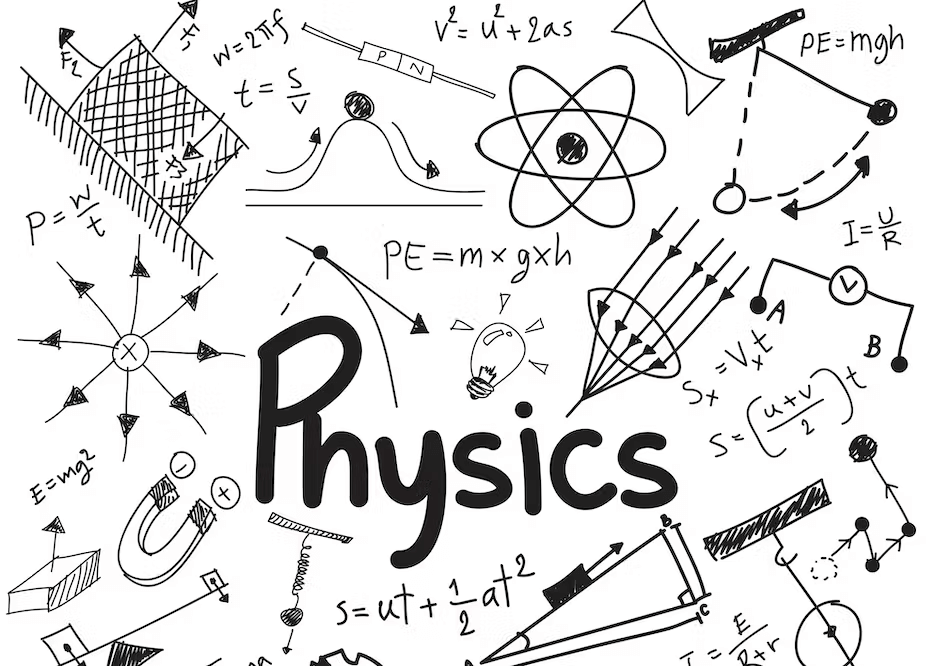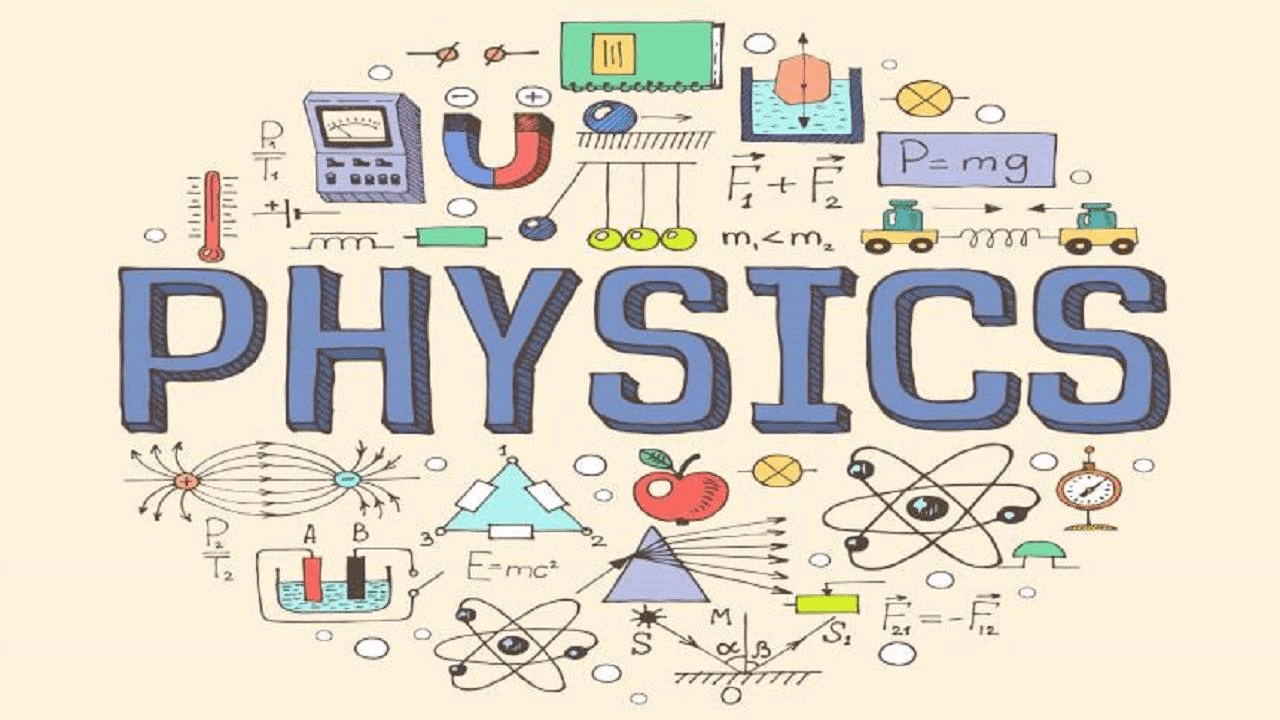Physics, often considered a daunting subject by students, can actually be quite enjoyable when approached with the right mindset. However, students often make common mistakes in their IB Physics exams and IA. This article aims to highlight some of these mistakes and provide solutions to help students improve their understanding and performance in IB Physics.
Common Mistakes of Students in IB Physics
Physics being a conceptual subject have always terrified students, but when you give a closer look into it, Physics is fun (at least it is fun when IB Physics Tutors teach). Here are some basic Mistakes that students commit in IB Physics IA and other exams.
Confusion of SI Units
Mixing Units is One of the most common mistakes in solving physics problems is mixing units from one system with units from another. If your question is in inches, kilograms, or seconds, convert these to a consistent system of units before constructing your answer. The most common system of units in physics is the meter-kilogram-second or MKS and CGS or Centemeter Kilograms and Seconds. If you have an MKS system, convert everything to MKS before troubleshooting.
Not Focusing on Numericals
Answering the questions with the wrong unit is also one of the biggest mistakes. If the question requires an answer in the MKS system, do not provide an answer in CGS units. People are relieved that the problem is solved and fail at the last step.
Radians and Degrees Interchange are also one of common mistakes. Degrees are commonly used in physics problems except for angular velocity and acceleration. Next, you need to make sure you are working in radians. If you are using a graphing calculator, make sure it is set to degrees or radians before troubleshooting any issues. If desired, you can also convert from radians to degrees using the conversion factor 180 degrees/ð.
Confusing Sine and Cosine are also one of common mistakes of physics students. Physics students often make the mistake of swapping sine and cosine.
Not Understanding the Concepts
Treating the vectors as vectors is also one of the common mistakes. Use vector addition to add vectors. In other words, decompose the vector into its components. Too many people don’t realize that you need to add the components as well as the magnitude of the vector.
Ignoring the Latent Heat is also one of the common mistakes of physics students. They should always consider latent heat when faced with a problem involving a phase change or Turning ice into water. When ice becomes water, it absorbs latent heat, so the solution must take this into account.
Optics and its Illusions
Many students have problems with refraction angles If you are having trouble with the refraction angles then make sure the angle is correct. They are measured with respect to a line perpendicular to the interface between one medium and the other, called the normal. Many people abuse the angle between the beam and the interface between the two media.
Using the Kirchhoff Loop Wrong Sign is also a common mistake. Kirchhoff’s law is used to find the current in the circuit, but many people have problems with Kirchhoff’s law because they get the sign wrong.
Inserting an arrow into every stream to ensure the correct sign is also a big mistake for students. Don’t worry if the direction of the arrow is wrong. When you do this, the current simply becomes negative. Then put a plus sign where the current enters each resistor and a – sign where the current leaves each resistor.
Solution to the common mistakes in physics
All these solutions are suggested by the IB Physics tutor, after their years of experience in the IB tutoring field they observed a lot of students committing those common mistakes mentioned above. After a thorough research and brainstorming IB Physics tutors were able to provide these solutions to make your IB Physics less hectic and more interesting.
Build a solid foundation in physics
Physics requires less memorization and more critical thinking. As such, the main goal of physics lessons is for students to learn knowledge and translate that knowledge into key concepts, principles, and solutions to exam questions. Also called conceptual understanding. If you have a solid conceptual understanding, you have little or no chance of making silly mistakes. After self-study, test your concepts by working on physics problems and have your teacher or IB physics tutor explain the concepts.
Avoid Copy/Paste Errors
This may seem like an obvious step, but attitudes are different when it comes to taking exams. Also, you must attemp all the questions within the time limit and on time. But honestly, it doesn’t take that long, so don’t miss this steps. Please check if the data in question is correctly transferred to the work. Enter all work steps at the same time into your pocket calculator.
Write neatly and legibly
This applies not only to handwriting but also to the way work is presented. It may seem like a small thing, but doing this can cost you a lot. If you confuse “3” and “5” like most of the students, you will become victims of poor handwriting by copying wrong answers or making mistakes. Therefore, you should always write neatly and present your solutions systematically without skipping steps.
Be Sensitive to Units of Measurement
IB Physics exam give information in various SI units and physical quantities. If it helps, mark the different units represented by different colors to avoid confusion. And also learn the conversion formula and the difference between the units to avoid confusion and create a strong conceptual foundation.
Place Alternatives
Every physics problem has multiple solutions producing the same result. Taking an IB Physics tutors class is a great way to expand your knowledge and understanding of physics. Because when you work on a problem together, you’ll be amazed at how many ways there are to solve it. Even if the question is approached differently, the answer will always be the same, assuming the correct way of working. If you’re taking a physics exam, use this method to double-check your assignments.
Note the spaces
Occasionally, you may skip parts of question and may find it afterwards. So when you’re done with your work, it’s time to take a breath. Then go through each section and make sure you have answered all the questions. It’s not a good decision to leave a question blank, especially if you know a good solution.
Final Words
To overcome these common mistakes in IB Physics, it is essential to build a solid foundation in the subject. Focus on conceptual understanding rather than mere memorization, and practice solving physics problems to reinforce your knowledge.
Avoiding copy/send errors, writing neatly and legibly, and checking for correct data transfer are simple yet effective strategies to minimize mistakes. Being sensitive to units of measurement and marking them with different colors can help avoid confusion.
By implementing these solutions and being mindful of common mistakes, students can enhance their performance in IB Physics and develop a stronger conceptual understanding of the subject.
FAQs
Q1: Why do students often mix units from different systems in physics problems?
A1: Mixing units is a common mistake due to a lack of attention or understanding of the importance of consistent units. Students may overlook the need for unit conversions or forget to convert units from one system to another, resulting in incorrect answers.
Q2: How can I avoid confusion between radians and degrees in physics calculations?
A2: It is crucial to be aware of the specific requirements of each problem. Degrees are commonly used in physics, except for angular velocity and acceleration, where radians are typically employed. Double-check whether you need to work in radians or degrees and adjust your calculations accordingly.
Q3: What is the significance of vector addition in physics, and why do students often overlook it?
A3: Vector addition is essential in physics to accurately represent the direction and magnitude of quantities like force and velocity. Students sometimes fail to realize that vectors must be added component-wise, taking into account both magnitude and direction.
Q4: Why is latent heat often ignored by students in phase change problems?
A4: Students may overlook latent heat because they focus solely on temperature changes. However, during a phase change (e.g., from solid to liquid), energy is absorbed or released as latent heat. Ignoring this factor can lead to incomplete or inaccurate solutions.
Q5: How can I avoid errors in refraction angle calculations?
A5: To calculate refraction angles accurately, ensure that you measure angles with respect to the normal—a line perpendicular to the interface between media. Students commonly make mistakes by misinterpreting or misusing the angle between the beam and the interface.



